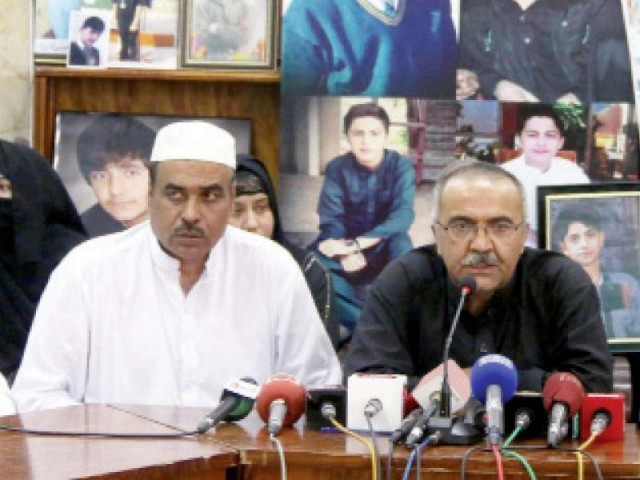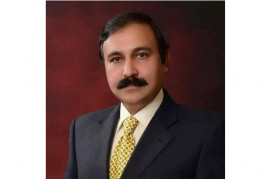
LAHORE: The policies of Ziaul Haq administration were central to the rise of sectarian violence in the country. The state’s response came about with an inordinate delay and has been subdued, said Hassan Abbas, a former police officer and an academic.
He was presenting a paper at Security, Sectarianism and Violence session at the State, Society and Democracy in the Post-colony conference at the Lahore University of Management Sciences on Friday.
He said during his time at the Police Academy, there was no realisation of the need to teach cadets about the sectarian threat. He said that in his paper on the Role of Pakistan’s Law Enforcement Organisations in Tackling Sectarianism and Extremism he had identified gaps in the policing structure and highlighted stop-gap measures used for law enforcement.
Abbas said lack of adequate resources and interest among the political leadership explained the apathetic attitude towards the need to tackle the threat of sectarianism in the 1990s.
He mentioned 1995 and 2016 as two years in which the police performance had been commendable. In 1995, he said Tariq Pervaiz, deputy inspector general of police in Lahore leading CID at the time, had been successful in dismantling the banned sectarian outfit Sipah-i-Mohammad. A Counter Terrorism Department had been established in 2016, he said. He also praised the establishment of the National Counter Terrorism Authority and the police reforms initiated in the Khyber-Pukhtunkhwa province.
Professor Mujeeb Ahmad of the International Islamic University followed Abbas’s presentation with an account of the rise of sectarianism in Pakistan. His paper dealt with ways in which various sects were pitted against each other under various regimes to serve vested interests. He gave the example of the Auqaf Department saying that predominance of clerics from Deobandi sect in its administration had been a bone of contention since its establishment in the 1950s. Several Barelvi clerics had since been demanding a separate department to oversee the affairs of shrines but to no avail, he said.
Beaconhouse National University Lecturer Haider Naqvi’s presentation was about understanding the nature of violence in the country. His paper discussed the media and public response to the terrorist attack at the Army Public School on December 16, 2014. He argued that the outrage had enabled the state to respond to the terrorists by unleashing similarly ruthless violence.
The APS attack was met with a public outrage that sought public hangings of those responsible for the heinous act, he said. The government followed by lifting the moratorium on death penalty, first on terrorists and then across the board, he added. “The spectacle of violence unleashed by terrorists was met with a spectacle of death caused by the state,” he said. “Terror, fear and the desire for revenge came together to constitute feelings that generated and formatted public response to the Peshawar attack,” he said.
The fourth presenter at the session was Sonia Qadir, a legal advisor to the Punjab Commission on the Status of Women.
Her paper looked at the understanding of Islam in western philosophical and legal discourses. In particular, she referred to the works of German philosopher GW Hegel and those writing in the British common law tradition.
She said Hegel had interpreted Islam as an embodiment of fanaticism and hence the essential other of modern law. The binary view of the religion persisted in the contemporary world, she added. For Hegel, she said the essence of fanaticism was hatred towards law. “Hegel asserts that that in conflict situations the state has a duty to turn intolerant and exercise its ‘epistemological sovereignty’ as the ultimate arbiter of objective truth,” she said. She referred to fitna (tribulation or apostasy) and fasad-fil-arz (social disorder) as two terms used in modern law to differentiate between legitimate and illegitimate forms of violence with respect to terrorist challenge faced by Muslim states. She said in his 500-page fatwa on terrorism and suicide bombing Tahirul Qadri had used these terms to examine and repudiate violence by non-state actors.
Published in The Express Tribune, August 6th, 2016.

















































COMMENTS
Comments are moderated and generally will be posted if they are on-topic and not abusive.
For more information, please see our Comments FAQ